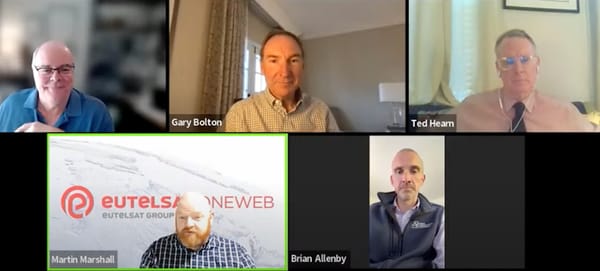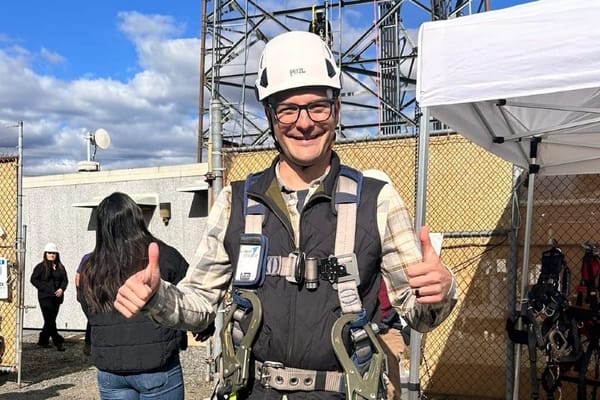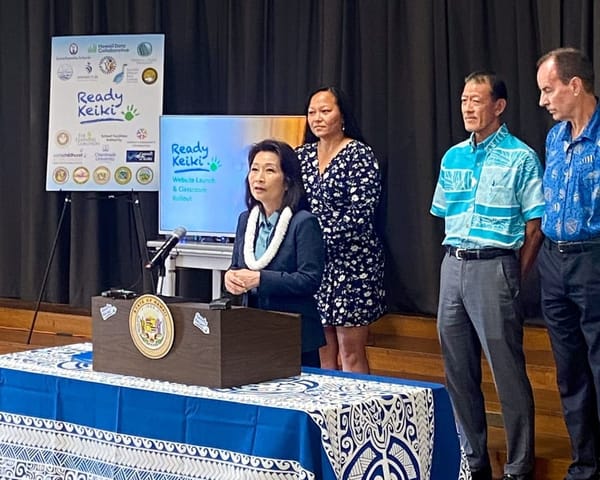South Carolina and Georgia Release Volume Two of BEAD Initial Proposals
Unlike most states, South Carolina released both volume one and two together.
Jake Neenan

WASHINGTON, November 8, 2023 – Two more states have released drafts of volume two of their initial proposals for the Broadband Equity, Access and Deployment program.
South Carolina released both volumes one and two on October 30, followed closely by Georgia, which released its volume two on November 1. Volume one details how states will accept challenges to broadband mapping data, while volume two outlines the states process for administering grants under the $42.5 billion program.
The public comment period for draft versions lasts 30 days, with South Carolina accepting comments until November 30, and Georgia’s window closing December 1. A total of 32 states have now released volume two of their proposals for public comment.
States must submit both volumes to the National Telecommunication and Information Administration by December 27, but the agency is approving proposals submitted earlier. Virginia and Louisiana have received approval for their volume ones and are getting their challenge processes underway.
South Carolina
In volume one of its proposal, South Carolina said it plans to adopt the model challenge process set up by the NTIA. That’s the process for ground-truthing broadband data to determine which homes and businesses need coverage.
The state is making optional modifications outlined in the model process. It will designate any area served only by DSL – digital subscriber line – technology as “underserved,” and thus eligible for BEAD funded projects, regardless of what speed the provider advertises. The option was included in the model to phase out copper telephone wires in favor of more future-proof broadband technologies like fiber-optic cable.
It will do the same with fixed wireless broadband, citing bad experiences using fixed wireless service for online learning efforts in 2020.
Eligible entities like nonprofits, local governments, and broadband providers, will be able submit challenges to state broadband data over a 30 day period. The process is ultimately slated to last 90 days, with 30 days each reserved for challenge rebuttals and adjudication.
In its volume two, South Carolina declined to set an extremely high cost threshold, the price at which the state will start to consider non-fiber technologies. Instead, the state’s broadband office is planning to compile a list of locations that are left off its round of grant applications and negotiate directly with providers on getting them service.
The state is also asking the NTIA for a waiver of its letter of credit rules in certain circumstances, such as small projects and companies the state has previously found to be trustworthy. The agency typically requires a 25 percent letter of credit from an accredited bank, which advocates and broadband companies have said could edge out smaller providers.
NTIA released a slate of acceptable alternatives to its letter of credit rule on November 1.
Georgia
Georgia released for public comment volume two of its BEAD initial proposal, a 242-page document detailing its plans for administering grants under the program.
The state will be following the NTIA’s updated letter of credit guidance, letting grant applicants choose performance bonds instead. Those are only paid out if the project fails outright, tying up less grant money than letters of credit.
Like South Carolina, Georgia did not set a high-cost threshold outright, opting to accept a round of grant applications first.
But unlike many other states, Georgia is planning to oversee multiple rounds of funding. BEAD rules give states one year to disburse their entire allocation, which some state broadband offices have flagged as too little time.
The state said in its draft volume two that it plans to use all of its $1.3 billion in getting service to areas its challenge process reveals to be unserved – having less than 25 * 3 Mbps broadband – and underserved – less than 100 * 20 Mbps, with no money left over for non-deployment efforts.
As such, the state is seeking comment on potentially changing its grant application scoring criteria to favor unserved locations, as underserved will generally be less expensive to build to.







